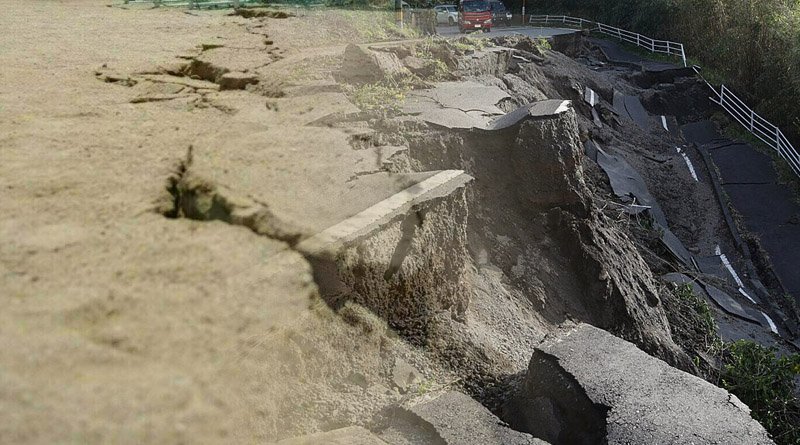The best scenario, according to sources in the Pakistan Meteorological Department (PMD), is to continuously release elastic energy of low magnitude from time to time.

A radius of three to five thousand kilometres around Pakistan is completely packed with elastic energy and eruption of that will take at a later date, about 80 years after the Quetta earthquake of 1935 according to the sources.
They claimed that after reaching maturity over the previous 80 years, countries ranging from the Middle East to Central Asian States to South Asia are at risk of a high magnitude elastic energy eruption.
It should be noted that well-defined, quantifiable quantities like seismic moment and released or transformed elastic energy are used to estimate the sizes of earthquakes. The best scenario, according to sources in the Pakistan Meteorological Department (PMD), is to continuously release elastic energy of low magnitude from time to time.
As an example of how to prevent major earthquake damage, they have cited the earthquake that struck the Muzaffarbad region in 2005 and another one that struck Mirpur recently.
According to sources, because the depth of the Tuesday night earthquake was approximately 190 kilometres down on the earth in the Hindu Kush mountain range, with little population in and around the epicentre, no large scale deaths occurred, and buildings in major cities in Pakistan remained safe.
They went on to say that because the earthquake lasted so long, the vertical waves jolted the earth in countries surrounding Afghanistan.
They claimed that the situation could have been different if the epicentre had been shallow and surrounded by a dense population, as in Turkey and Syria.
It should be noted that the initial rumours of the existence of an epicentre 70 kilometres from Gujrat alarmed seismic experts. They breathed a sigh of relief, however, when it was confirmed that the epicentre was in the Hindu Kush mountain range.
According to sources, the latest earthquake could not cause widespread devastation due to its depth of 190 kilometres beneath the earth. They stated that in seismology, any earthquake with a magnitude greater than five is considered dangerous. It’s worth noting that no earthquake waves can travel through sandy terrain, so there’s no major threat to the South Punjab region, they say.
China is planning to provide financial assistance for the establishment of a seismic centre in Quetta. They added that the centre would calculate underground energy, earthquake waves, and tsunami monitoring. Sources said that the centre would monitor underground activities in the Arabian Sea, and monitoring stations would be installed both inside and outside the sea along the coast.
